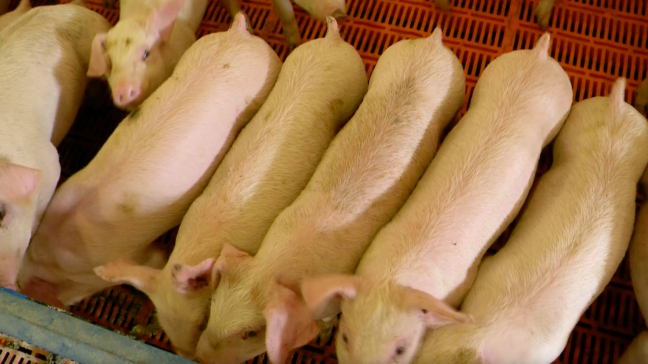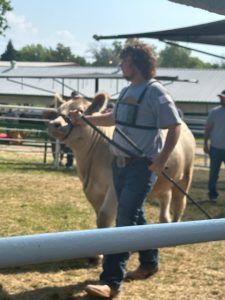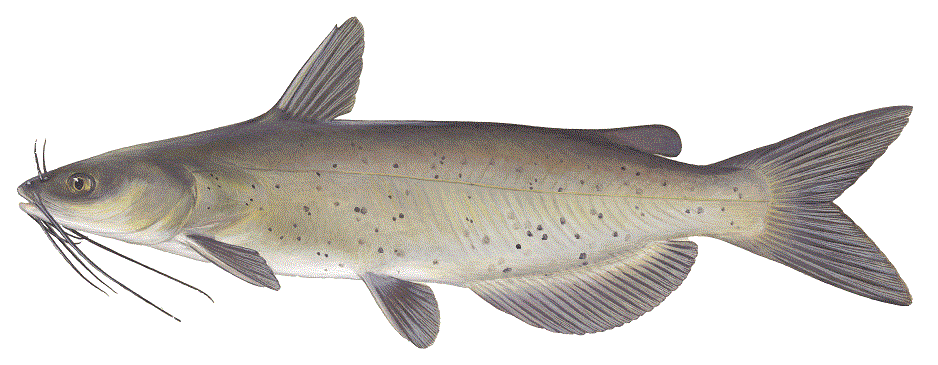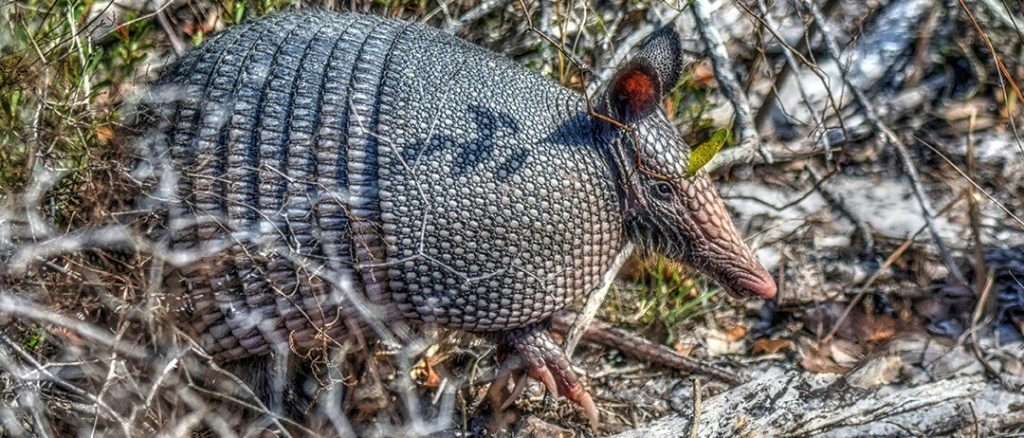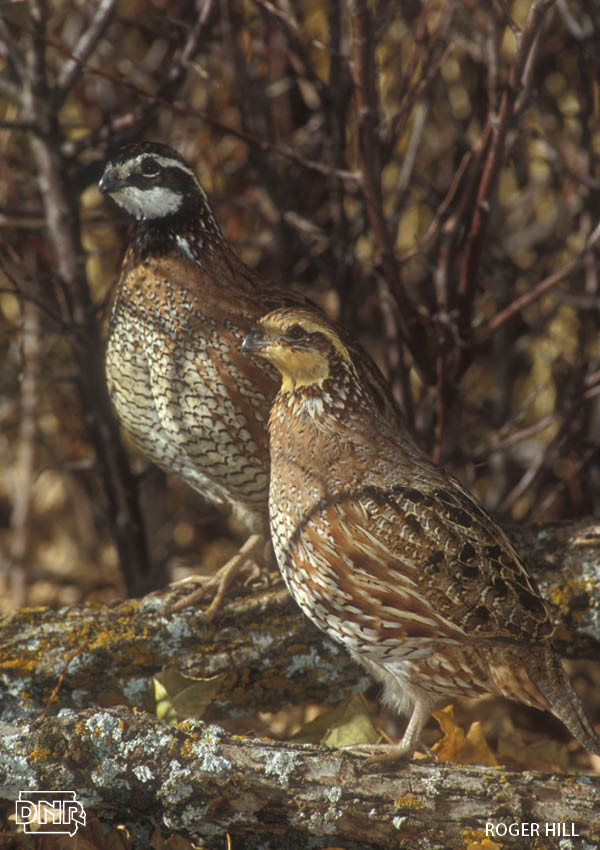Practical Farmers of Iowa field day set for Aug. 10th in Harlan
July 31st, 2024 by Ric Hanson
(Harlan, Iowa) – Officials with Practical Farmers of Iowa, a nonprofit organization with more than 8,000 members that equips farmers to build resilient farms and communities, says Rosmann Family Farms in Harlan (at 1222 Ironwood Rd.), will host a Practical Farmers of Iowa (PFI) field day on August 10th. The event – which takes place from 3-until 5-p.m., covers pasture management with rotational grazing and cover crops, is free to attend and open to the public. Attendees can RSVP by visiting the event page or calling PFI at (515)-232-5661. More information about the field day is below and full details can be found on the event’s webpage.
David Rosmann operates Rosmann Family Farms in Harlan, along with his wife Becky and their children, his parents, and brother. Their 700-acre certified organic farm is a mixture of field crops, pasture, popcorn, small grains and hay as well as cattle and hogs.
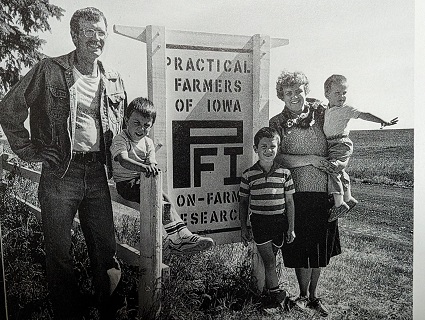
The Rosmanns (Photo supplied by PFI)
Strong proponents of rotational grazing, the Rosmanns pay close attention to the health of their pastures at all stages of their grazing calendar. At the Aug. 10th field day, you’ll learn about the systems-based approach the Rosmanns take that can work on any farm, showcasing grazing, row crops, small grains and cover crops.
David will discuss the cool- and warm-season planting mixes that accompany each grazing period, as well as cattle maintenance and using hogs for fertilizer. He’ll share how the farm lowers its overall inputs by composting manure. You’ll also hear how the Rosmanns seed rotational cover crops, such as hybrid rye, for livestock feed and as a supplement for cattle and hogs.





